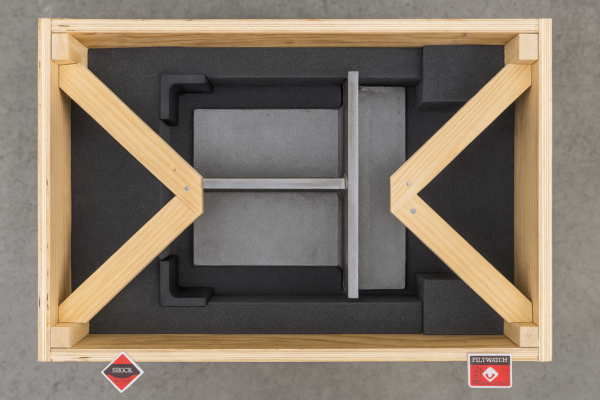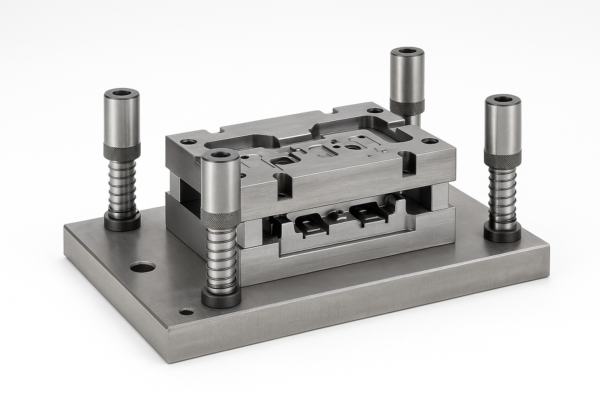Mastering Casting Parts Manufacturing: Techniques, Materials, and Innovations in 2025?
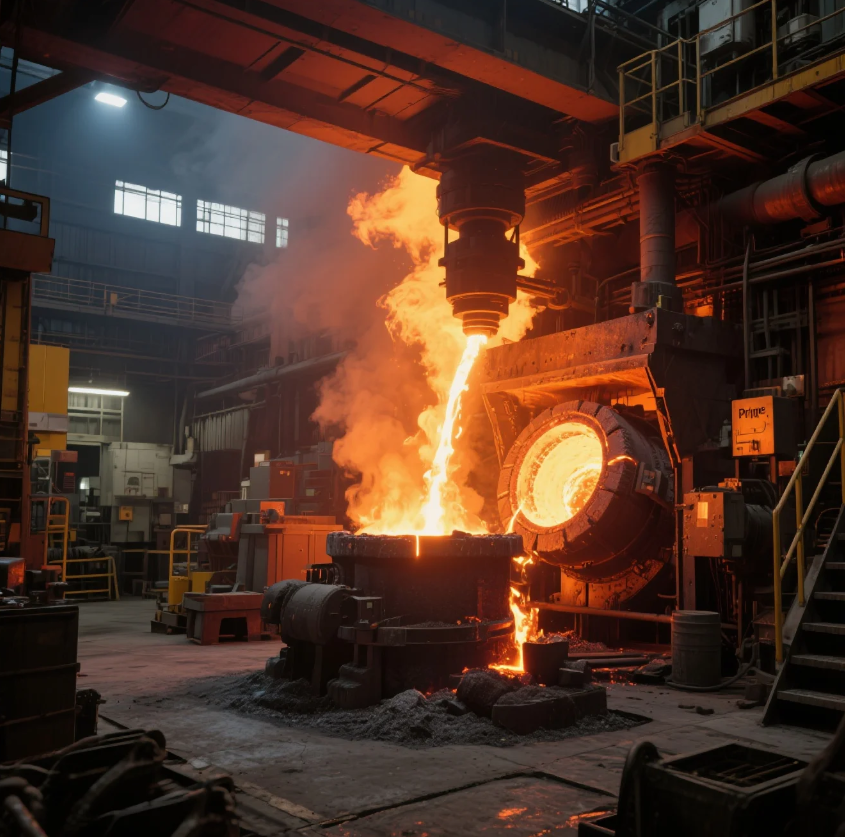
The casting industry is evolving, yet many still struggle with delays, defects, and rising costs.
Casting parts manufacturing in 2025 brings new innovations in precision, materials, and sustainability. Learn how modern methods solve common production challenges.
2025 presents new opportunities and risks for casting buyers. Keep reading to discover how to avoid outdated processes and costly mistakes.
What are the key casting techniques used in 2025?

Many buyers still rely on outdated casting methods that increase costs and defects.
In 2025, sand casting, die casting, investment casting, and vacuum casting are widely used. Each method offers unique benefits. Choosing the right process ensures better performance and cost-efficiency.
Sand Casting: Cost-Effective for Large Parts
Sand casting remains widely used for large, low-volume parts. It’s affordable and flexible.
| — | ||||
|---|---|---|---|---|
| Typical Use | Automotive, heavy machinery | |||
| Material Range | Cast iron, aluminum, steel | |||
| Advantages | Low cost, versatile, short lead time | |||
| Disadvantages | Lower surface finish, rough tolerances |
Advanced molding tech like 3D sand printing shortens mold production time. At Prime, we integrate automatic pattern forming and sand reclaim systems to cut waste and improve consistency.
Die Casting: Ideal for High-Volume Precision Work
Die casting uses metal molds under high pressure. It’s perfect for detailed parts in large batches.
| — | ||||
|---|---|---|---|---|
| Typical Use | Electronics, automotive, appliances | |||
| Material Range | Aluminum, zinc | |||
| Advantages | High speed, tight tolerances, repeatable | |||
| Disadvantages | High mold cost, limited metals |
Our die casting lines include vacuum assist and real-time flow monitoring. These features reduce porosity and improve finish. Prime’s fast cycle machines meet tight delivery demands.
Investment Casting: High Accuracy and Complex Shapes
Investment casting uses wax patterns and ceramic molds. It\’s preferred for intricate and precise parts.
| — | ||||
|---|---|---|---|---|
| Typical Use | Aerospace, valves, tools | |||
| Material Range | Stainless steel, alloy steels, bronze | |||
| Advantages | Precise details, excellent finish | |||
| Disadvantages | Costly and time-consuming |
Prime’s engineers help rework customer designs for castability, often reducing components from multiple parts into one. This boosts reliability and cuts assembly time.
Vacuum Casting: Purity and Reliability
Vacuum casting uses a sealed chamber to remove air and prevent defects.
| — | ||||
|---|---|---|---|---|
| Typical Use | Energy, electronics, defense | |||
| Material Range | Titanium, aluminum, magnesium | |||
| Advantages | Low porosity, clean finish | |||
| Disadvantages | Limited volume, high setup cost |
We run all vacuum processes with precise digital pressure controls. This ensures metal density and uniform structure, especially important for parts used in safety-critical systems.
How to choose the right material for your casting parts?
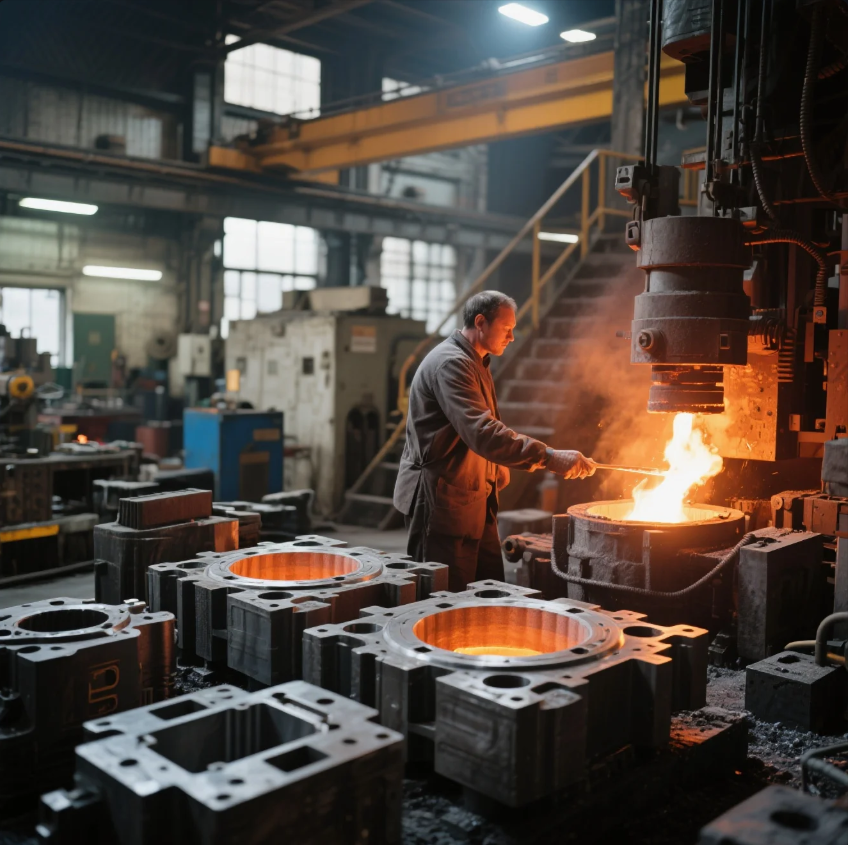
Wrong material choices often cause failures and unplanned costs.
Common casting materials include aluminum, iron, steel, and bronze. Each offers different mechanical, thermal, and cost characteristics.
Key Factors When Choosing Materials
- Strength and hardness requirements
- Corrosion resistance in specific environments
- Weight and density for transport and design
- Machinability and finish options
- Budget and sourcing availability
| — | ||||||||||
|---|---|---|---|---|---|---|---|---|---|---|
| Aluminum | Medium | Light | Good | Moderate | ||||||
| Stainless Steel | High | Heavy | Excellent | High | ||||||
| Cast Iron | High | Heavy | Moderate | Low | ||||||
| Bronze | Medium | Medium | Good | High |
At Prime, we provide complete data sheets and free consultation. Our metallurgists work closely with clients to ensure that every part meets the performance needs of its final application.
What design and quality control practices matter most in 2025?
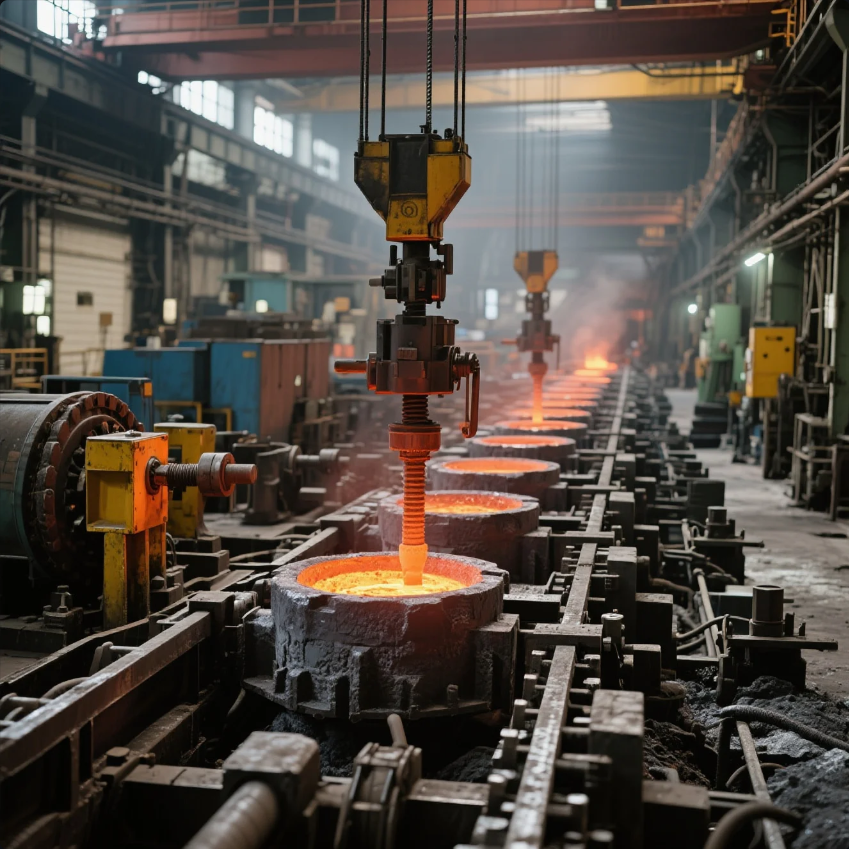
Design flaws or lack of QC ruin even the best material choices.
In 2025, casting design must focus on wall thickness, flow control, draft angles, and cooling paths. Quality control covers visual, mechanical, and internal checks.
Design Tips to Improve Castability
- Add draft angles to ease mold removal
- Use uniform wall thickness to prevent hot spots
- Avoid sharp corners to reduce stress
- Optimize flow channels with simulation software
At Prime, we use tools like MAGMASOFT® for mold flow analysis. This helps clients reduce costs and avoid defects before tooling begins.
QC Measures at Every Stage
| — | ||||
|---|---|---|---|---|
| 3D CMM | Dimensions and tolerances | |||
| X-ray Imaging | Internal voids or shrinkage | |||
| Spectrometer Test | Chemical composition | |||
| Hardness Testing | Mechanical integrity |
We provide inspection reports and certificates upon delivery. For critical projects, we also offer PPAP documentation and batch traceability.
How do modern techniques improve efficiency and sustainability?
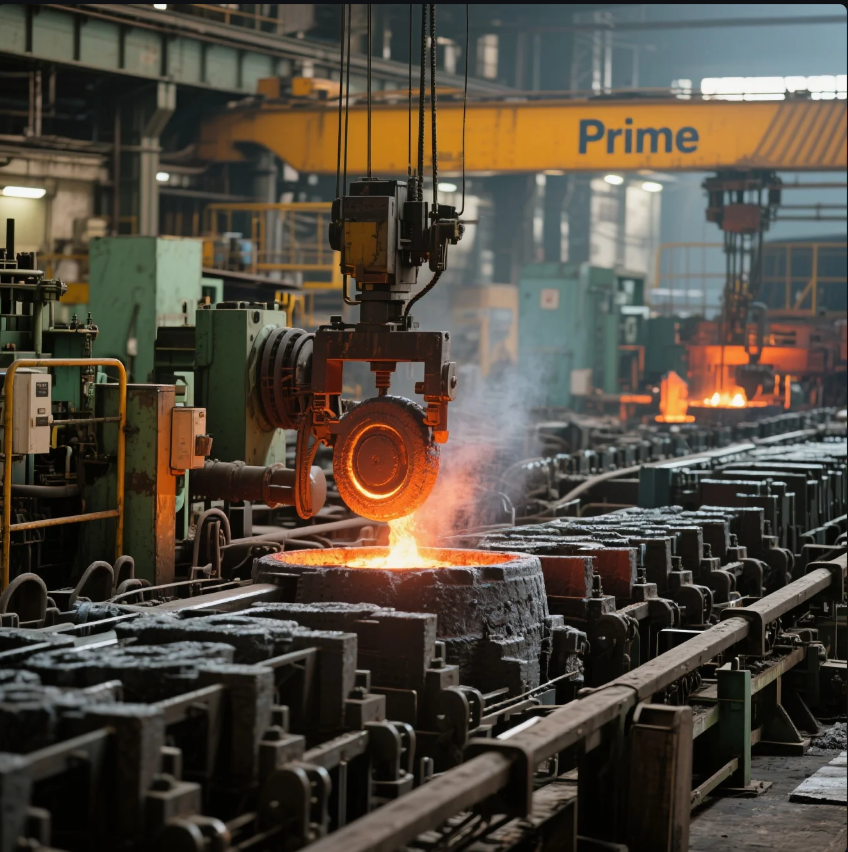
Old foundry practices waste energy and pollute more.
Modern casting reduces emissions, saves power, and ensures more consistent part quality. Smarter tools and clean melting tech make a big difference.
Efficiency Boosters We Use at Prime
- Electric induction furnaces for cleaner metal melt
- Recyclable sand systems reduce waste
- Automated pouring stations avoid human error
- Closed-loop cooling lowers water use
These steps not only reduce carbon footprint but also improve delivery times and product consistency.
Performance Upgrades for Your Business
- Lightweight alloys reduce transport costs
- Uniform properties simplify machining
- Sustainable processes improve your ESG profile
We provide optional carbon footprint reports and compliance with RoHS and REACH standards. Many clients in Europe now require these for procurement.
FAQs
Q1: What is the most cost-effective casting method for low volume orders?A: Sand casting offers low upfront cost and flexible tooling, ideal for smaller batches.
Q2: Can Prime support fully customized casting parts with logo engraving?A: Yes, we offer logo casting, surface text, and customized labeling upon request.
Q3: Do you support global logistics and door-to-door delivery?A: Absolutely. We ship globally via sea, air, and courier with full tracking and customs support.
Q4: Can I receive samples before placing a bulk order?A: Yes. We offer prototype casting and small-batch testing before full production.
Q5: How do I check if your casting meets international standards?A: All our casting parts comply with ISO 9001. We also follow ASTM, DIN, and EN standards upon request.
Conclusion
2025 casting is smarter, cleaner, and more precise—don’t get left behind.
👉 Need ISO-certified casting parts with fast delivery and expert support?Visit our official website: https://primecustomparts.com📧 Contact us now: [email protected]We offer free consultation, detailed quotations, and rapid delivery—your one-stop solution for precision casting parts in 2025.

